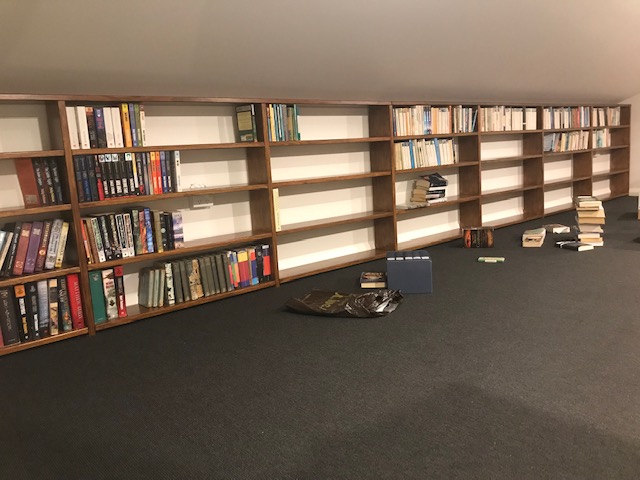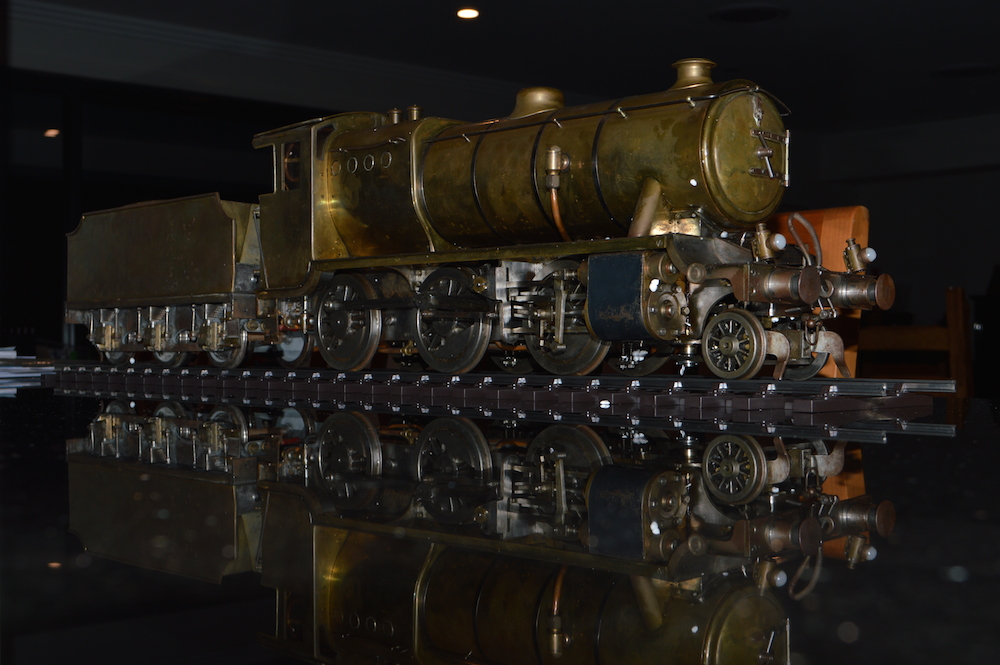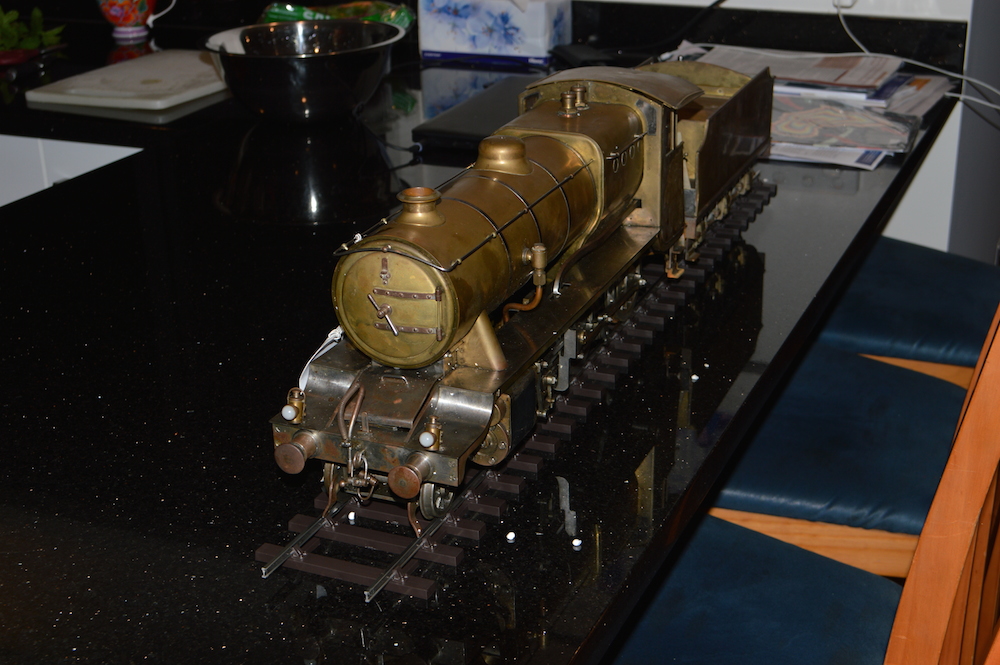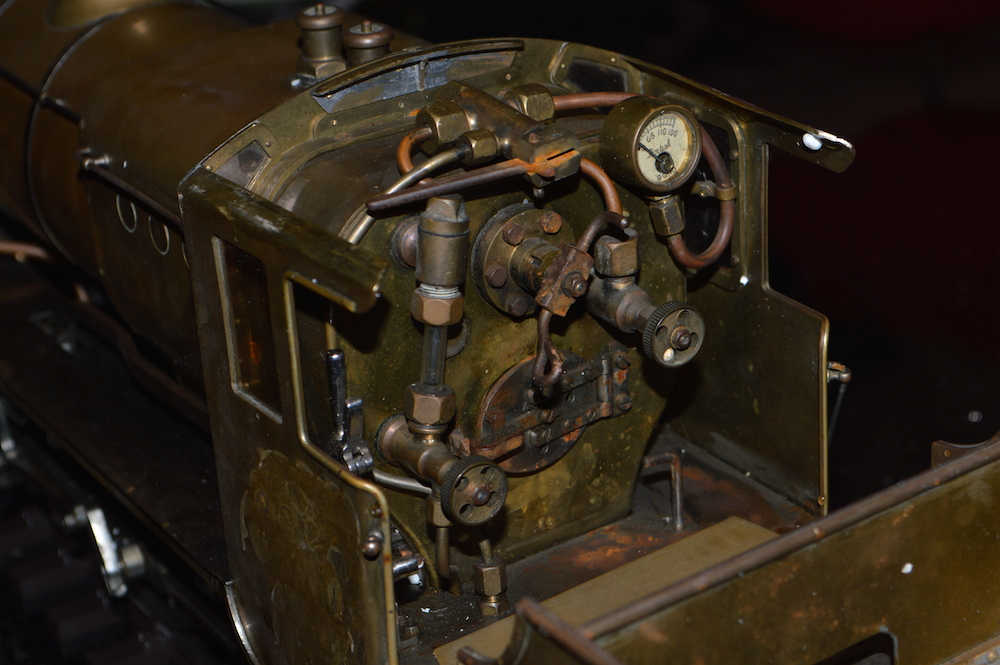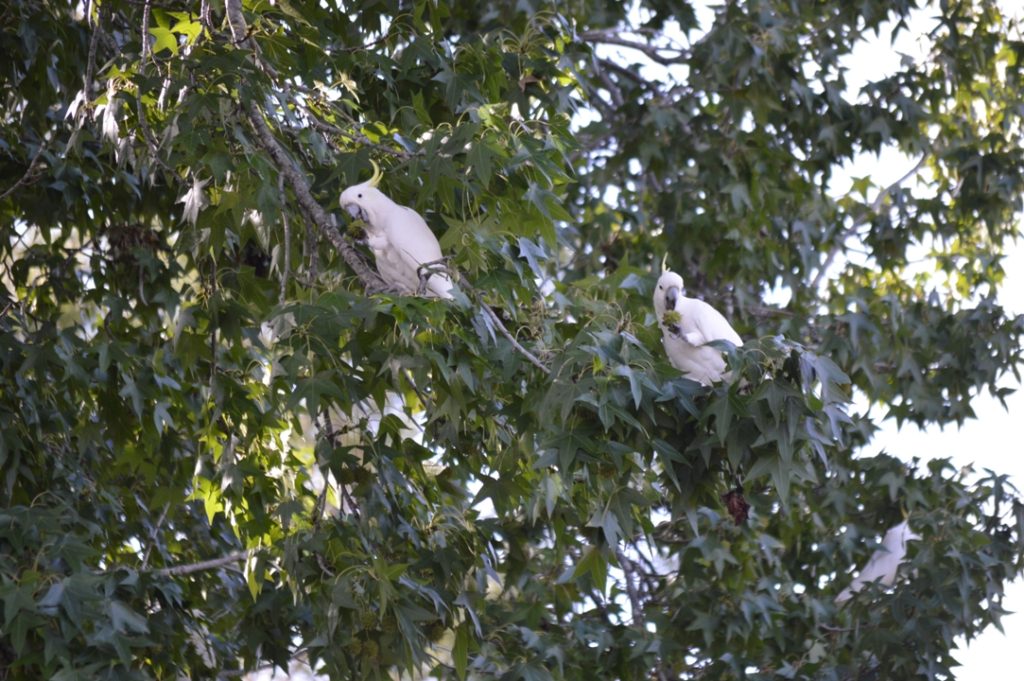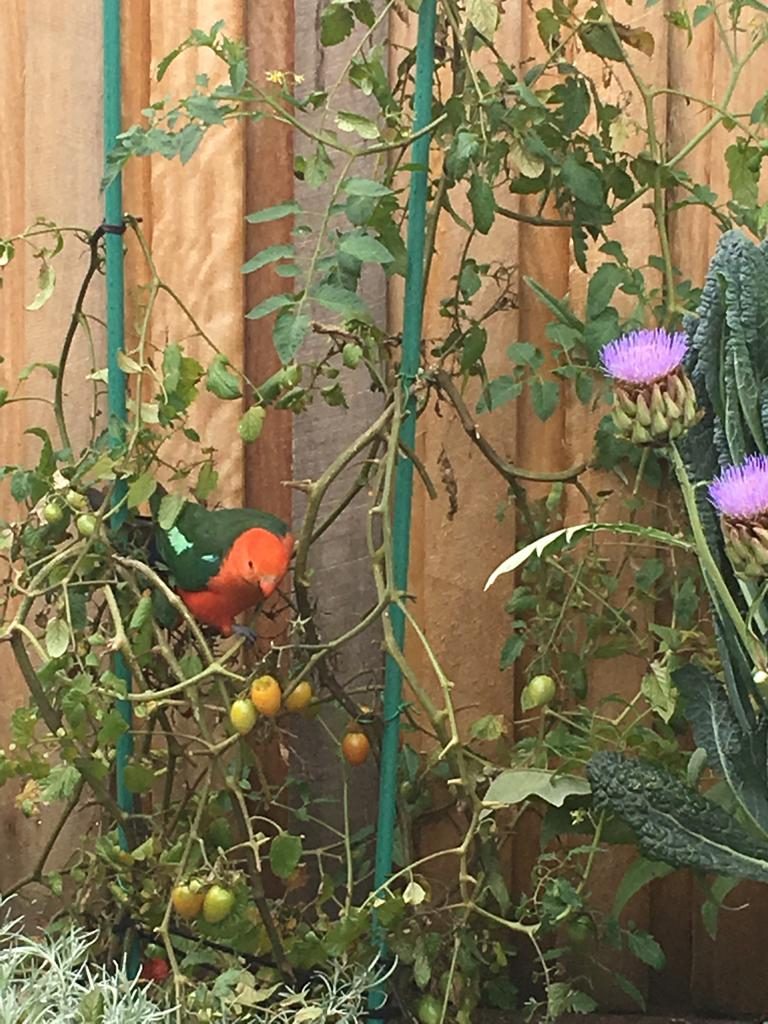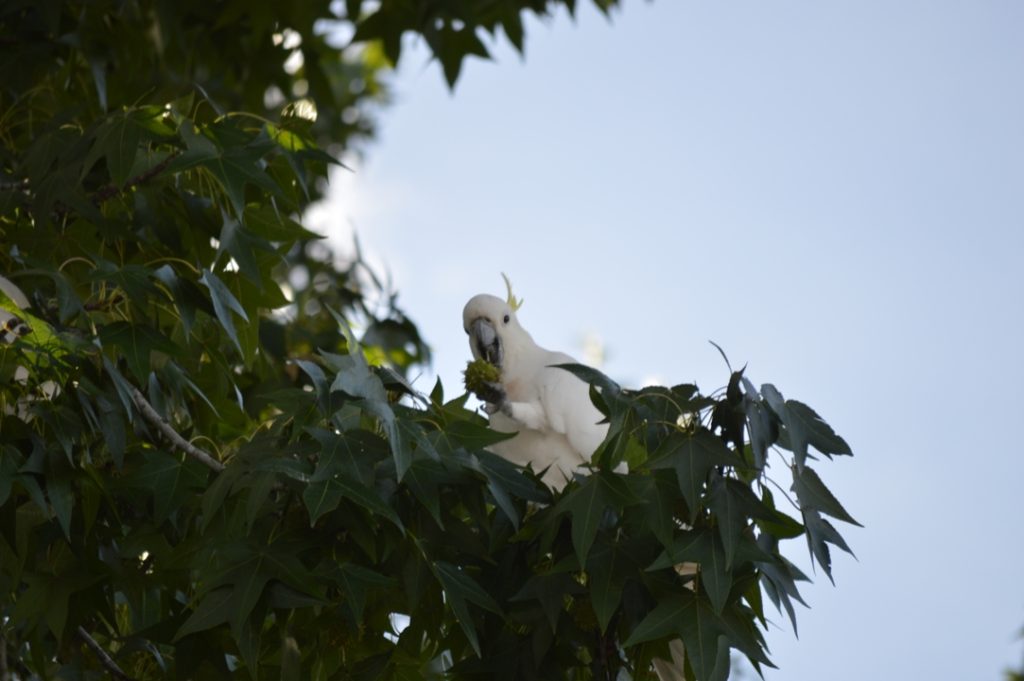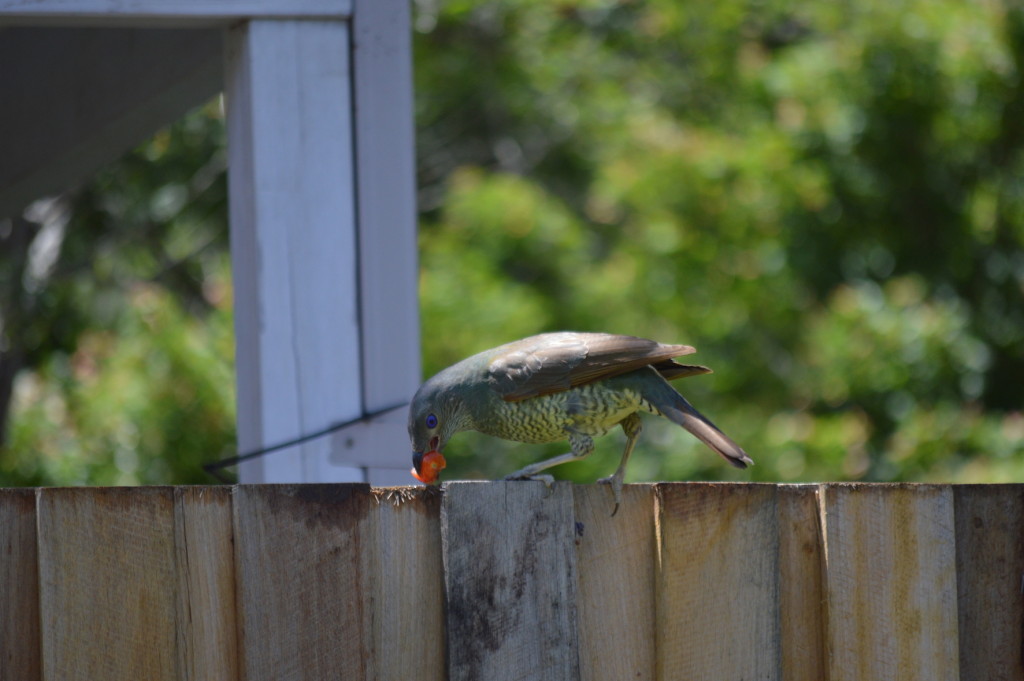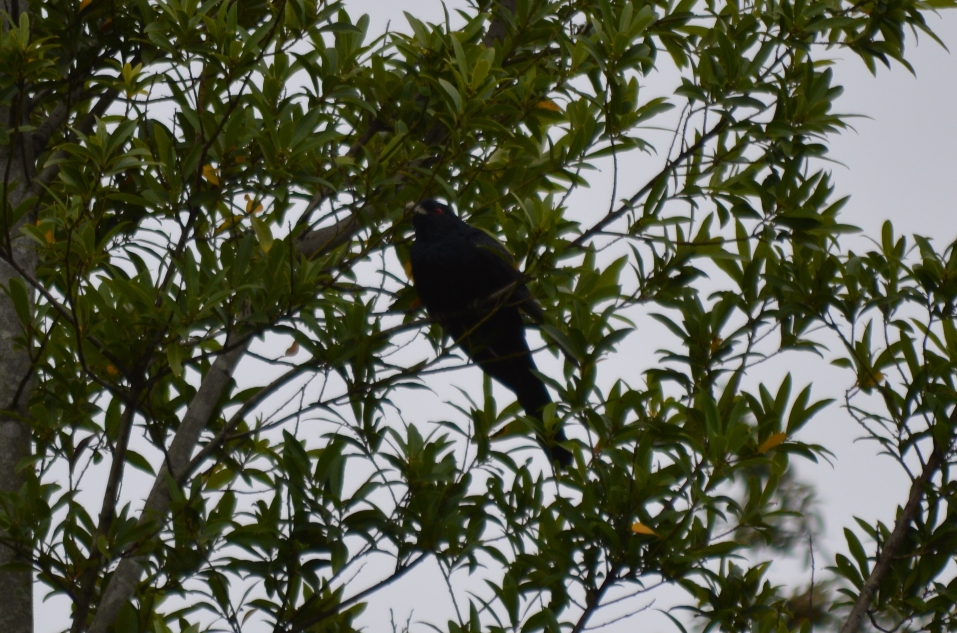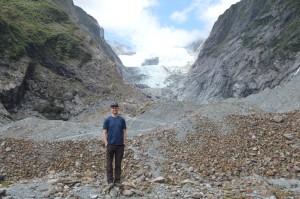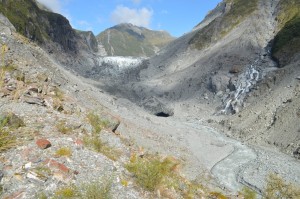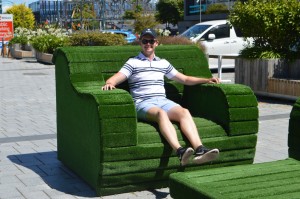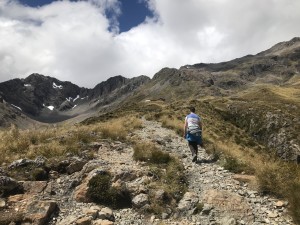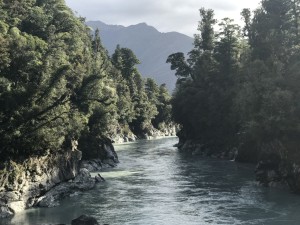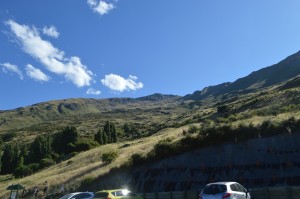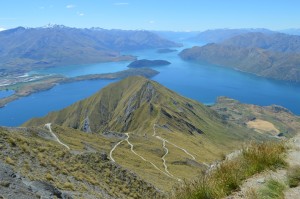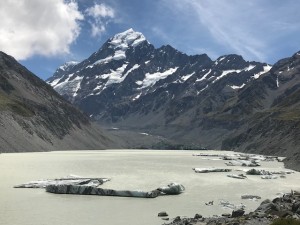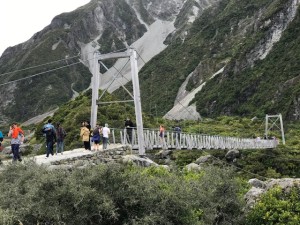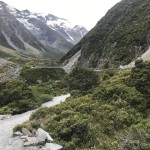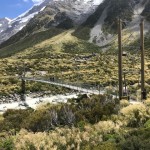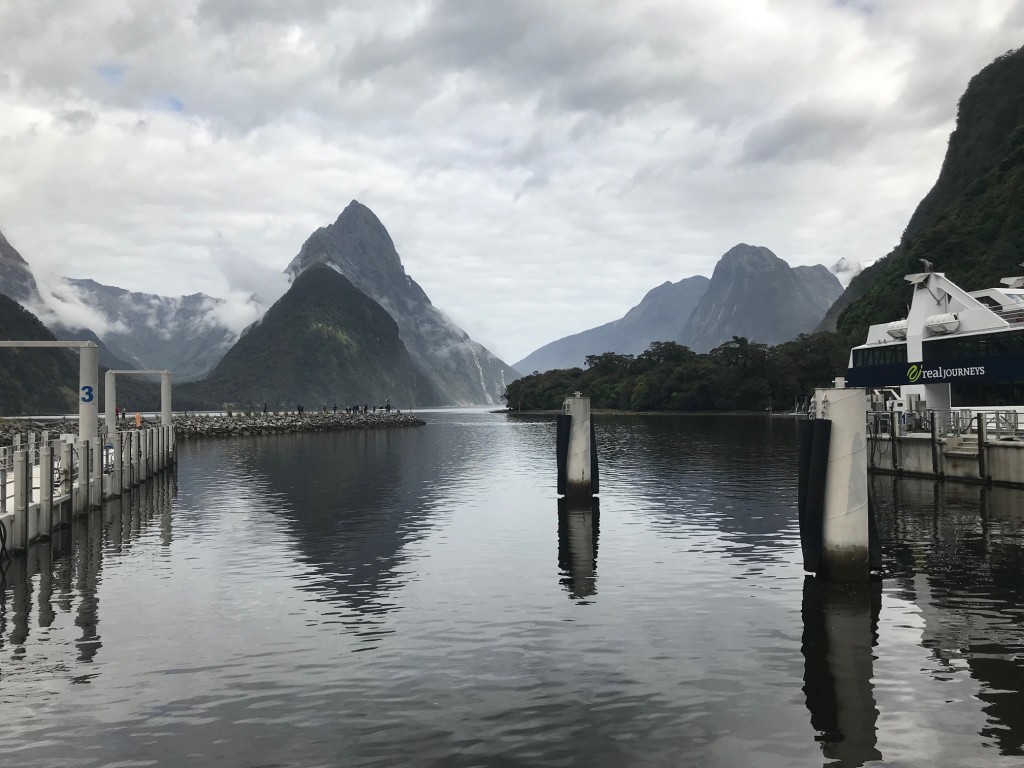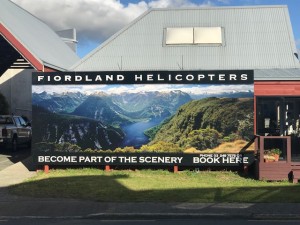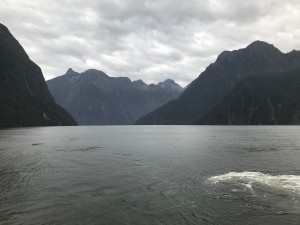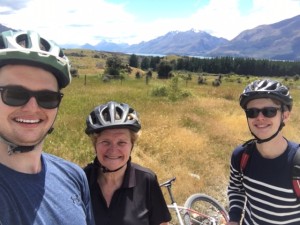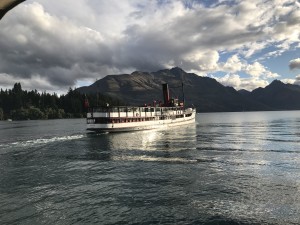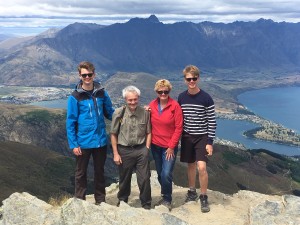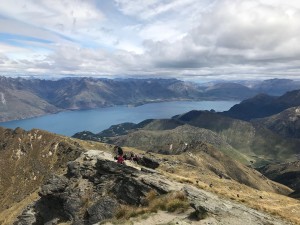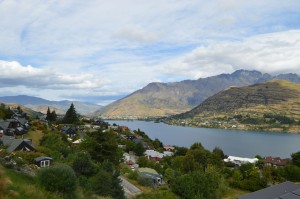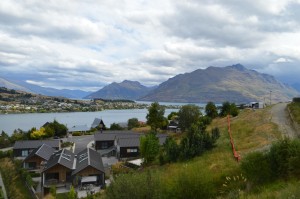I have always wanted to live in a house which has a library. Perhaps it is the love of books, perhaps it is the size of house that can accommodate a library. Perhaps it is simply that I love reading.
Anyway, our new house has a library. I have designed shelves to run along one entire wall, as seems appropriate. Unlike previous times when I have made shelves, this time I did not spend days just cutting wood to the correct length – instead we bought the wood, sent it to a machine shop, and then brought the wood here. It has been beautifully cut to length, and the grooves (rebates) have been cut to size and depth, exactly
The design goes right back to one made for my parents when they first had their own house. A friend of theirs (known to us as “Uncle Ted”) was a highly-skilful woodwork craftsman. I think he taught woodwork at a school, and amongst other things he had made my parents Dad a truly wonderful coffee table out of English oak. He made the shelves also out of oak, with an elegant design of uprights with rebated meticulously cut to fit the shelves themselves, and strips down the front of each upright to mask the rebates. When I came to make the shelves for my office in 33 Blackbutt Circle I tried to copy this construction method exactly. They have now been re-erected at 47 Park Street, half of the shelves being in the room above the garage here, which I am now designating “The Library”.
On the opposite wall I have designed a 7-metre long set of shelves in one-metre lengths, four shelves high. A major undertaking, which was made possible with the help of a friend, who found the Tasmanian Oak with which to make the shelves, an helped me to arrange for all the wood to be machined to size, and with all the rebates and cut-outs made exactly to specification.
Nick, Andrew and I finished erecting this set of shelves last weekend.
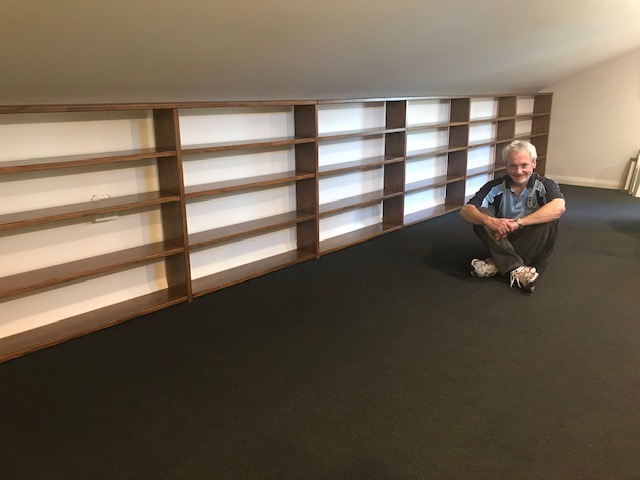
I am very proud of what we have done.
The shelves are self-supporting. Partly, I am sure, due to being cut precisely in the machine-shop, the whole construction sits directly on the floor of the Library, and does not need to be fixed to the wall behind. The 3-mtre and 4-metre top pieces are screwed in place, but otherwise the shelves and uprights simply hold each other in place.
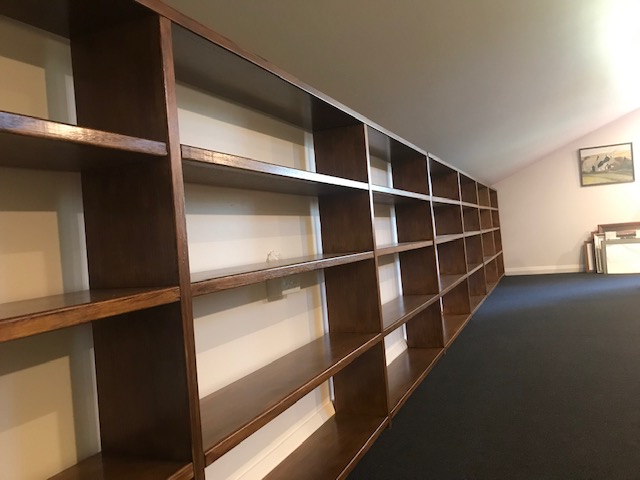
I am now starting to put the books into the categories. Alphabetically arranged of course, fiction and non-fiction sections, and even a “Young Adults” section (Andrew’s and Nick’s books).
